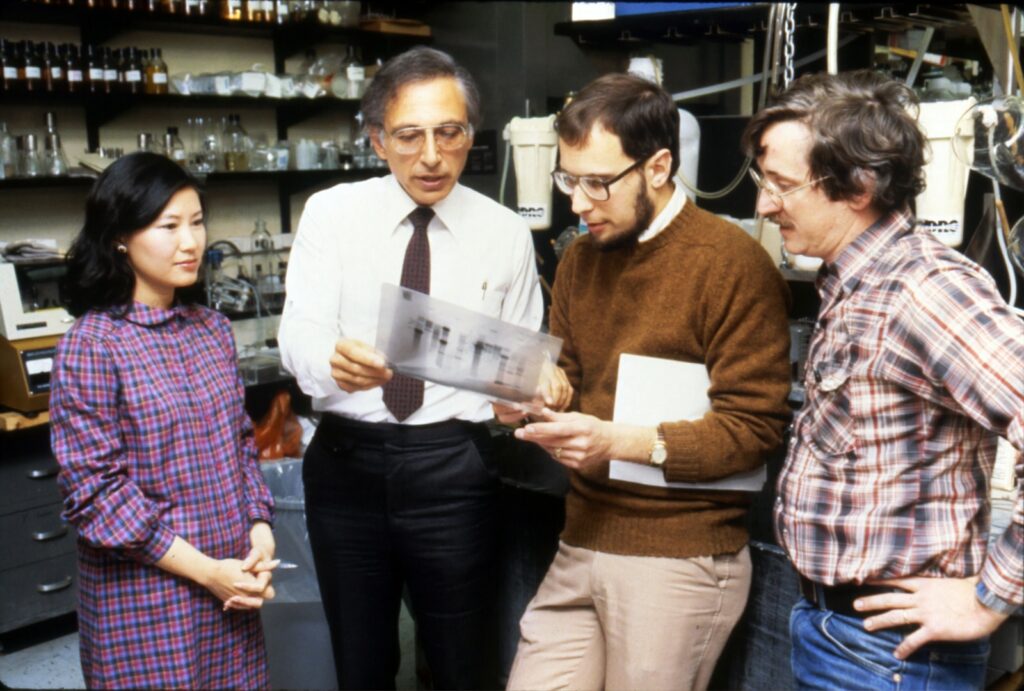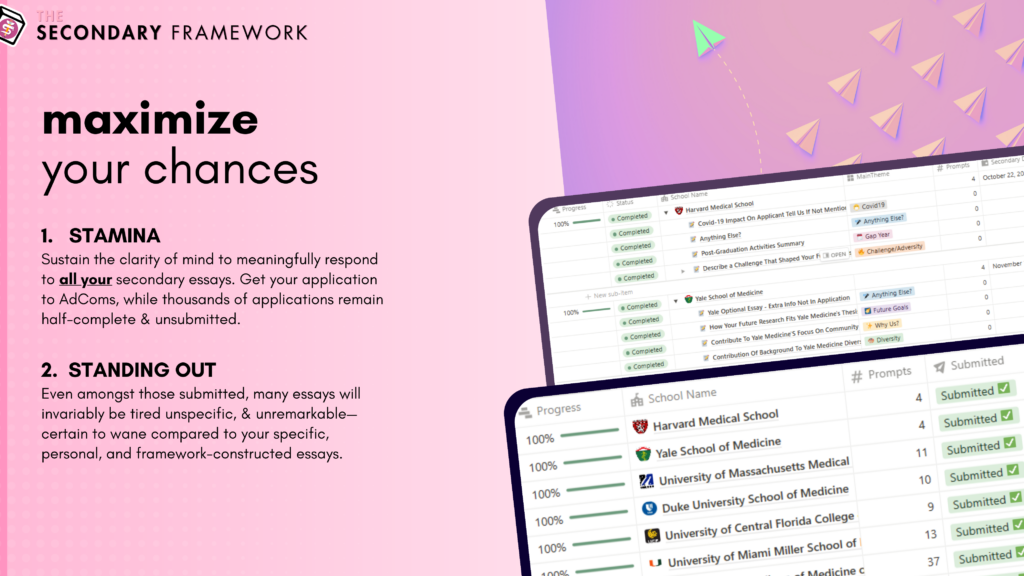Shadowing doctors is a critical component of the pre-med journey, providing invaluable insights into the medical profession and allowing aspiring doctors to gain practical knowledge. This guide aims to help pre-med students harness the power of shadowing, providing tips and strategies to enhance their experience and bolster their medical school applications.
Understanding Shadowing and Its Importance:
Shadowing involves observing experienced physicians in their day-to-day work, gaining firsthand exposure to various medical specialties. It is essential to distinguish between shadowing and clinical experience, as shadowing focuses on observation rather than hands-on patient care. Shadowing offers a unique opportunity to explore the medical profession, understand different specialties, and confirm career decisions.
How Many Shadowing Hours Do You Need for Medical School?
The required hours for shadowing vary among different medical schools. However, it is generally advisable to accumulate a reasonable number of shadowing hours to demonstrate a genuine interest in medicine and the ability to commit to the profession. While there is no fixed requirement, aiming for a range of 50-100 hours of shadowing is often considered competitive.
How to Shadow a Doctor:
To secure shadowing opportunities, follow these steps: identify your areas of interest, research physicians in those specialties, reach out to them, and communicate your intentions professionally. Building connections through personal networks, pre-med advisors, or utilizing online platforms like professional organizations or medical society websites can also help in finding shadowing opportunities.
Making the Most of Your Shadowing Experience:
During shadowing, it is crucial to present yourself professionally, dress appropriately, and maintain a respectful demeanor. Actively engage with the experience by taking notes, asking thoughtful questions, and showing genuine interest in the cases and procedures you observe. These steps not only enhance your learning but also demonstrate your commitment to the field.
What To Do After Shadowing a Doctor:
Sending a thank-you note to the physician after shadowing is a professional gesture that shows gratitude and leaves a positive impression. Additionally, maintaining a journal to record your experiences and reflections can be invaluable for personal growth and future reference. Moreover, highlight your shadowing experiences in your medical school applications, emphasizing the lessons learned, and the impact they had on your decision to pursue medicine.


Alternatives to Shadowing Experience:
In some cases, obtaining traditional shadowing opportunities may be challenging. In such situations, consider alternative clinical experiences, such as volunteering at hospitals or clinics, partaking in medical missions, or engaging in medical research. Furthermore, virtual shadowing has grown in popularity, providing an excellent substitute for in-person shadowing, especially in times of limited access or during the COVID-19 pandemic.
Conclusion:
Shadowing doctors is an essential step in the pre-med journey, offering valuable insights into the medical profession and guiding future career paths. By following the guidance provided in this article, pre-med students can maximize their shadowing experiences, demonstrating their dedication and passion for medicine in their applications. Remember, shadowing is not just about accumulating hours but actively engaging with the experience and learning as much as possible. Seek out opportunities, be proactive, and leave a lasting impression on the physicians you shadow.







